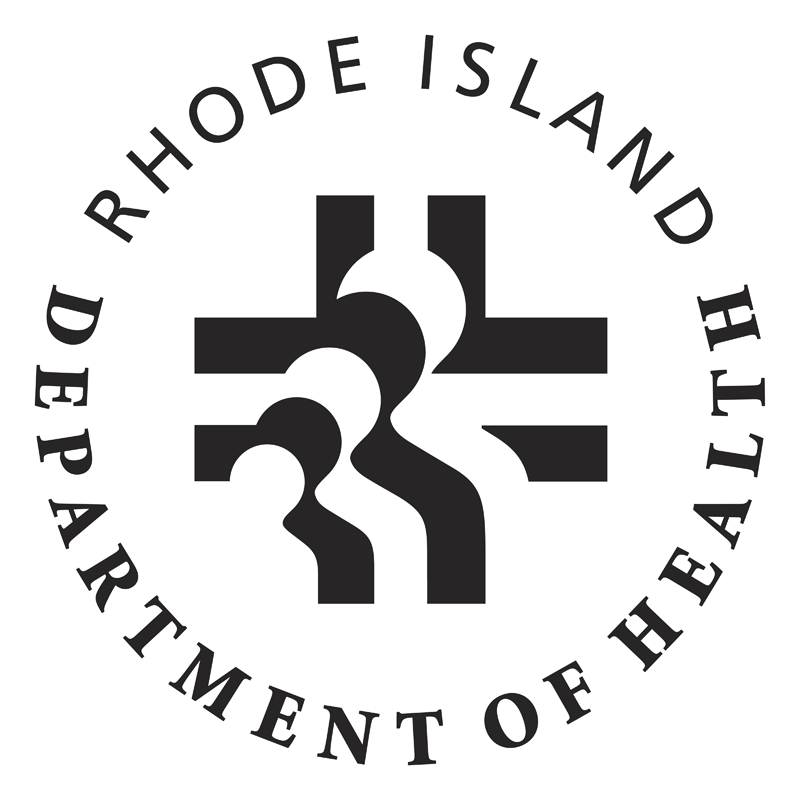Flu Information for Schools and Child Care Providers
Children in schools and child care settings are at risk for getting and spreading the flu, as they have close contact with one another during the day. Teachers and school staff should recognize the signs and symptoms of the flu and take precautions to prevent the spread of flu in schools. more
What you should do
- Promote school-based flu vaccination clinics to parents and students.
- Monitor students and staff for influenza-like illness, defined as a fever plus a cough, or a fever plus a sore throat.
- Send students and staff with influenza-like illness home until they are fever-free (temperature less than 100.4° Fahrenheit) for 24 hours without the use of fever-reducing medications. Encourage parents to keep children home when they are sick to prevent the spread of illness.
- Instruct students or staff whose symptoms worsen to seek medical care.
- Teach (as developmentally appropriate) flu prevention measures to students and staff.
- Routinely clean commonly-touched surfaces with household disinfectants.
- Encourage students to wash their hands often throughout the day, using warm water and soap. If soap and water are not available, use an alcohol-based hand gel.
- Instruct household contacts who are well to remain home at the earliest sign of illness, minimize contact in the community to the extent possible, and designate a single household member as the sick person's caregiver.
- Promote regular seasonal flu vaccination for all children 6 months of age and older.
 Rhode Island Department of Health
Rhode Island Department of Health Rhode Island Department of Health
Rhode Island Department of Health